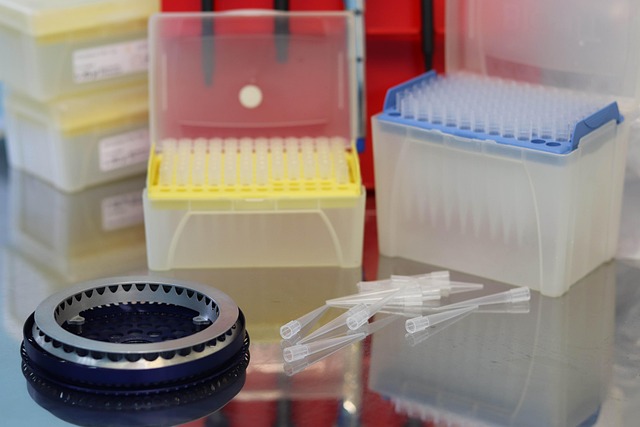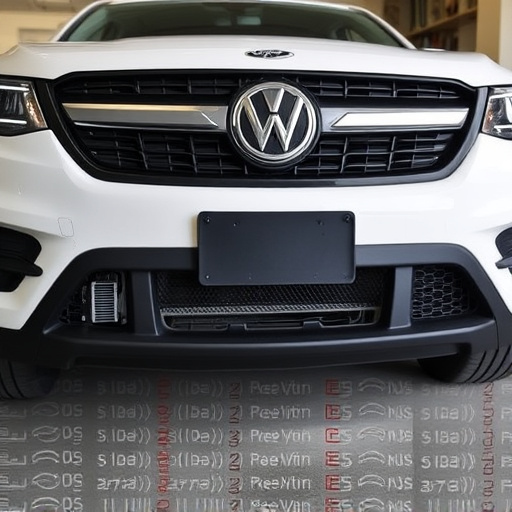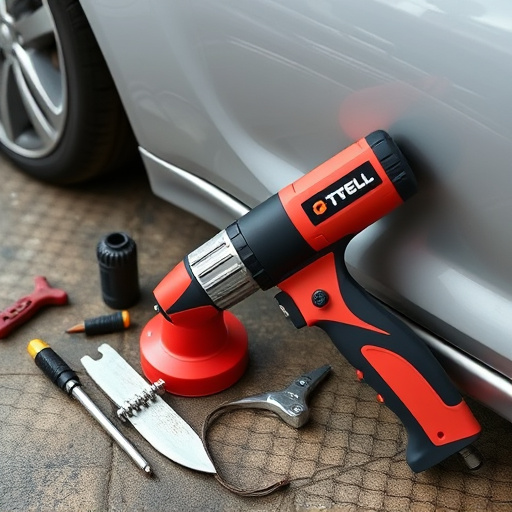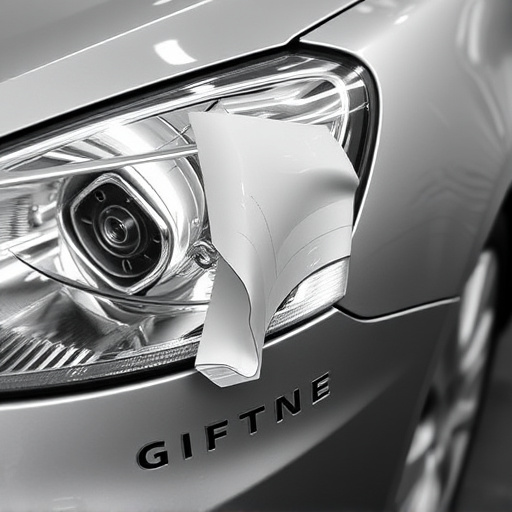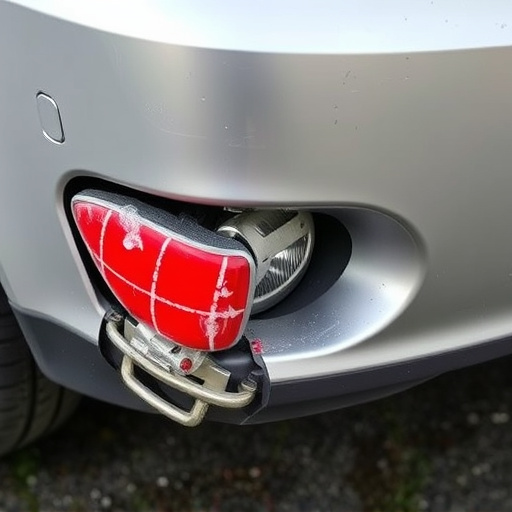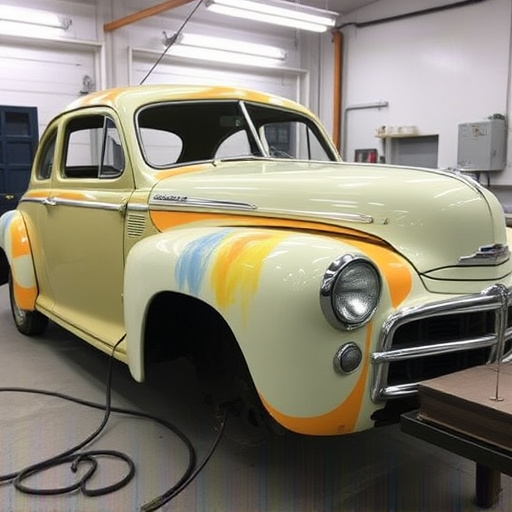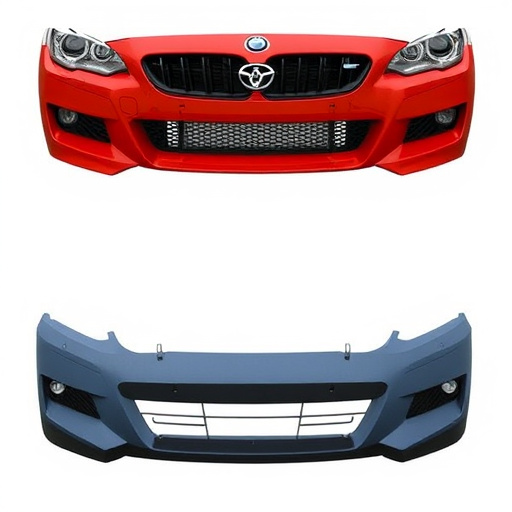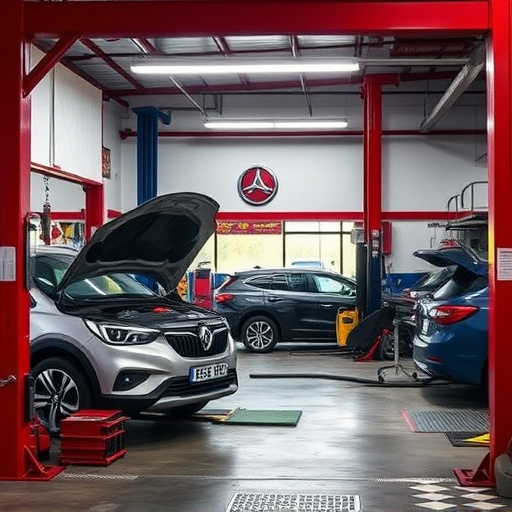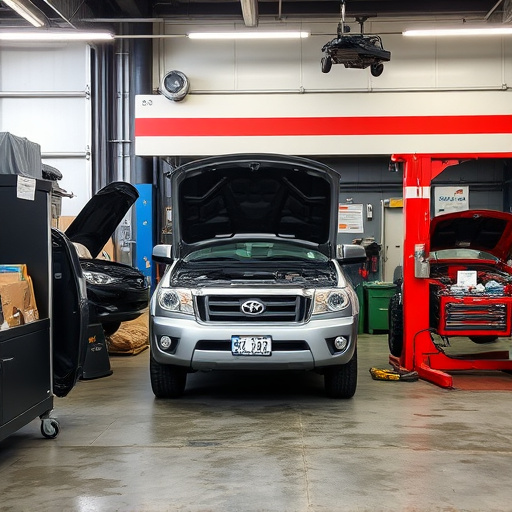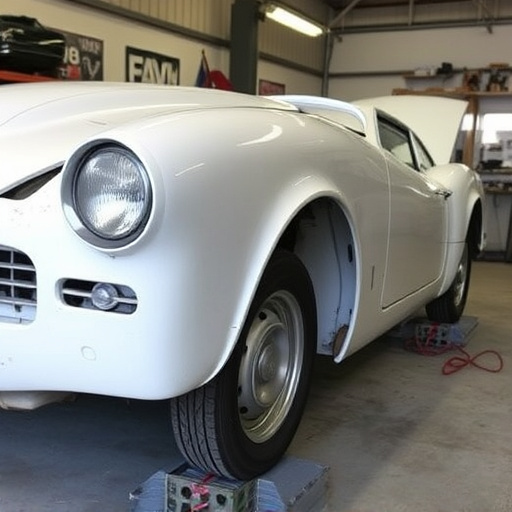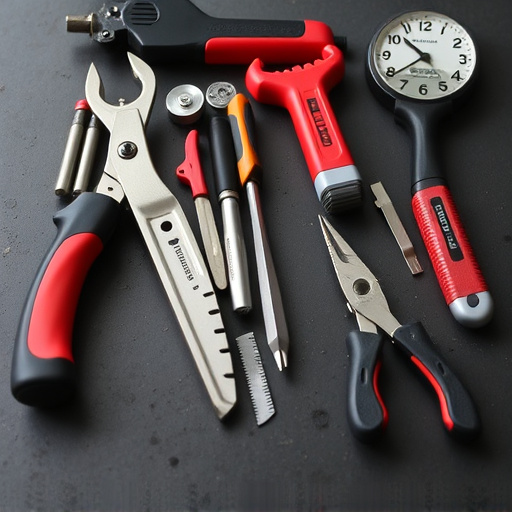Modern rocker panel replacement challenges body shops with varied car layouts, complex suspensions, and advanced materials like aluminum & high-strength steel. Specialized knowledge, tools, and skilled technicians are required to ensure accurate fitment, maintain structural integrity, and preserve aesthetic appeal using OEM parts for durability and rust prevention.
Rocker panels, once simple structural elements, have evolved into intricate design features in modern vehicles. This article delves into the challenges of rocker panel replacement in today’s complex automotive landscape. We explore how understanding these panels’ modern design intricacies is crucial for effective repairs. Furthermore, we discuss the impact of diverse vehicle layouts on accessibility and offer insights into material choices that ensure both longevity and aesthetic harmony during replacement processes.
- Understanding Rocker Panels: Modern Design Challenges
- Accessing and Replacing: Unique Vehicle Layouts
- Material Considerations for Longevity and Aesthetics
Understanding Rocker Panels: Modern Design Challenges

Rocker panels, those sleek, curved pieces that flank a vehicle’s sides, are more than just aesthetic elements. They play a vital role in enhancing a car’s appearance and structural integrity. In modern vehicle designs, where aesthetics often take center stage, rocker panel replacement presents unique challenges. The seamless integration of new panels with the existing body requires precision engineering to maintain the vehicle’s overall balance and stability.
The intricate nature of contemporary car bodies, with their complex shapes and advanced materials, means that replacing a rocker panel is no longer as straightforward as it once was. While traditional frame straightening techniques may have sufficed in the past, modern vehicles often feature sophisticated body shop services that demand specialized equipment and expertise. This shift towards more intricate design and construction methods necessitates a corresponding evolution in repair processes, particularly when it comes to ensuring accurate fitment during rocker panel replacement.
Accessing and Replacing: Unique Vehicle Layouts
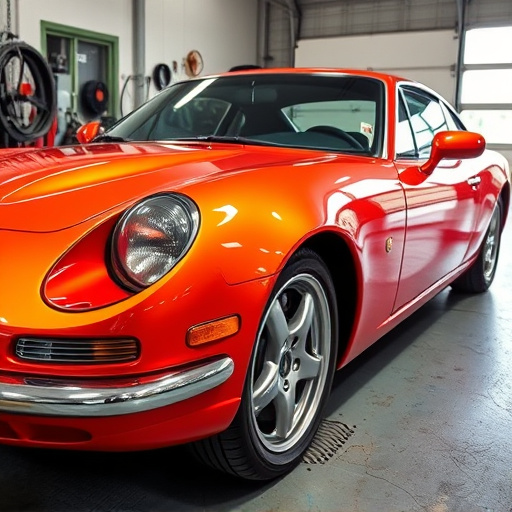
In modern vehicle designs, accessing and replacing rocker panels can present unique challenges due to varying car layouts. Where once standard rockers were easily accessible for repairs or replacements, contemporary automotive body shops now face a wide range of configurations—from compact cars with integrated panels to SUVs with complex suspension systems nearby. This variability demands specialized knowledge and tools from collision repair services to ensure precision and safety during rocker panel replacement.
Car repair shops need to adapt their techniques accordingly, employing advanced diagnostic equipment and skilled technicians who understand the intricacies of these new designs. Unlike simpler models, modern vehicles often require disassembly of neighboring components, careful handling of exposed structural elements, and precise measurements to fit new rockers seamlessly. This complexity underscores the importance of turning to experienced professionals for effective rocker panel replacement, ensuring both safety and aesthetic integrity in the repair process.
Material Considerations for Longevity and Aesthetics
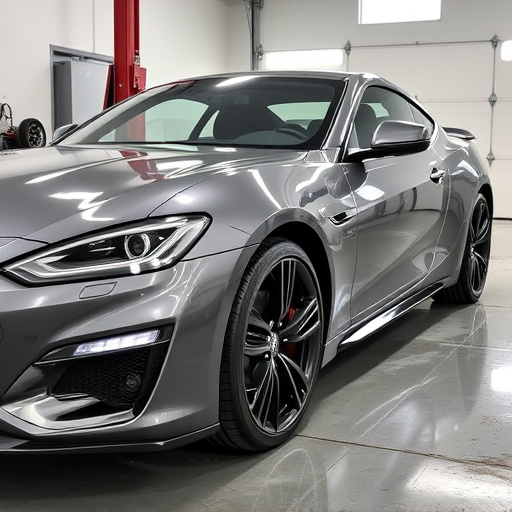
When it comes to rocker panel replacement, material considerations are paramount for both longevity and aesthetics. Modern vehicles often feature lightweight yet durable materials like aluminum and high-strength steel to enhance fuel efficiency and safety. However, these materials differ from traditional steel in their expansion and contraction properties, requiring specialized techniques during the repair process to maintain structural integrity.
For a successful rocker panel replacement that blends seamlessly with the vehicle’s original design, choosing the right materials is crucial. Original Equipment Manufacturer (OEM) parts typically offer an ideal match for both look and performance. At collision repair centers, skilled technicians use advanced tools and methods to replace damaged panels while preserving the vehicle’s aesthetic value, ensuring a smooth finish that resists rust and corrosion—a key aspect in any vehicle restoration process.
Rocker panel replacement, once a straightforward task, has evolved with modern vehicle designs. Understanding the unique challenges posed by contemporary car structures is crucial for successful repairs. Accessing these panels often requires specialized knowledge and tools due to intricate layout designs. Additionally, material considerations are vital for ensuring both long-lasting performance and maintaining the vehicle’s aesthetic appeal. By addressing these aspects, professionals can effectively tackle rocker panel replacement challenges, preserving both functionality and style in modern vehicles.
